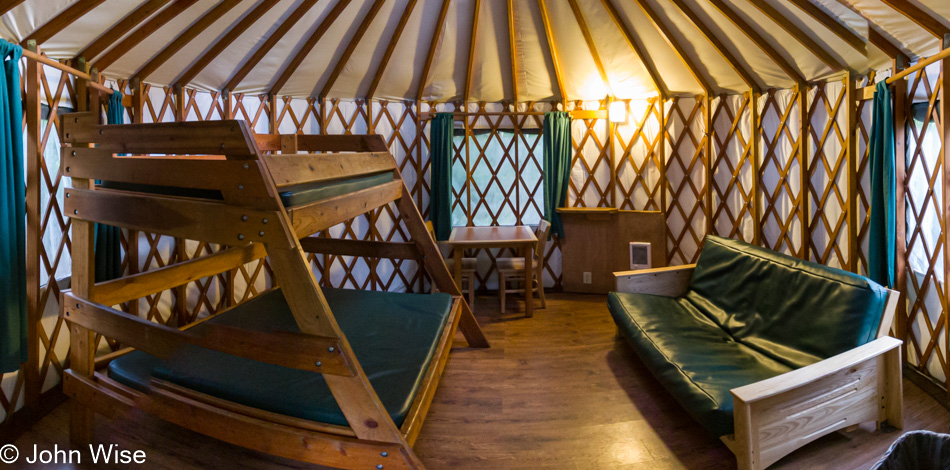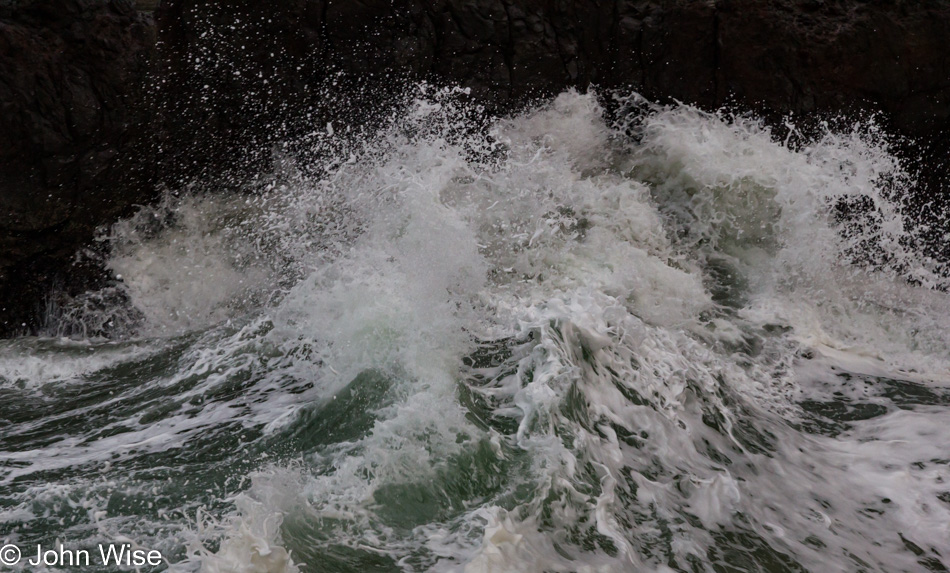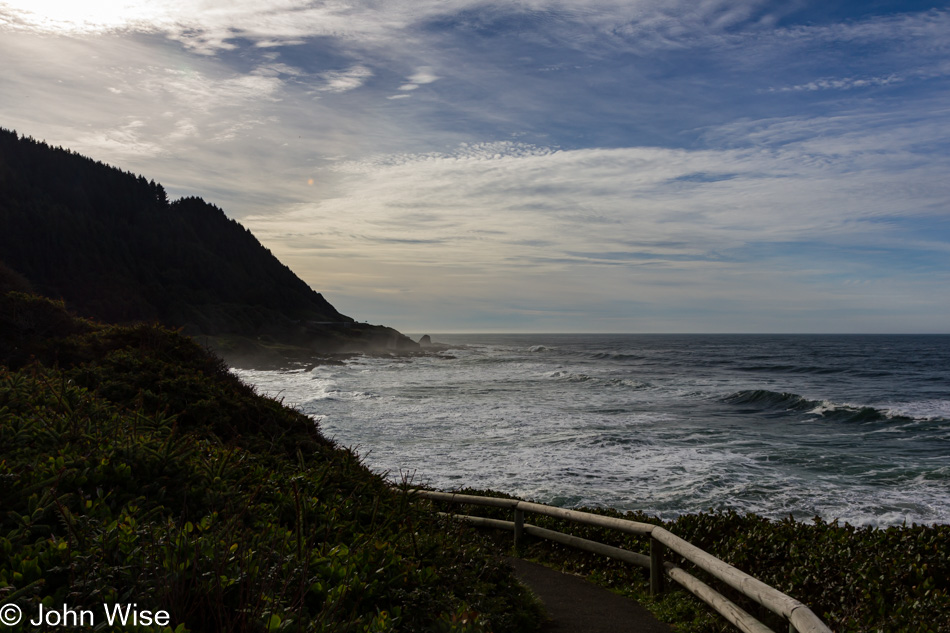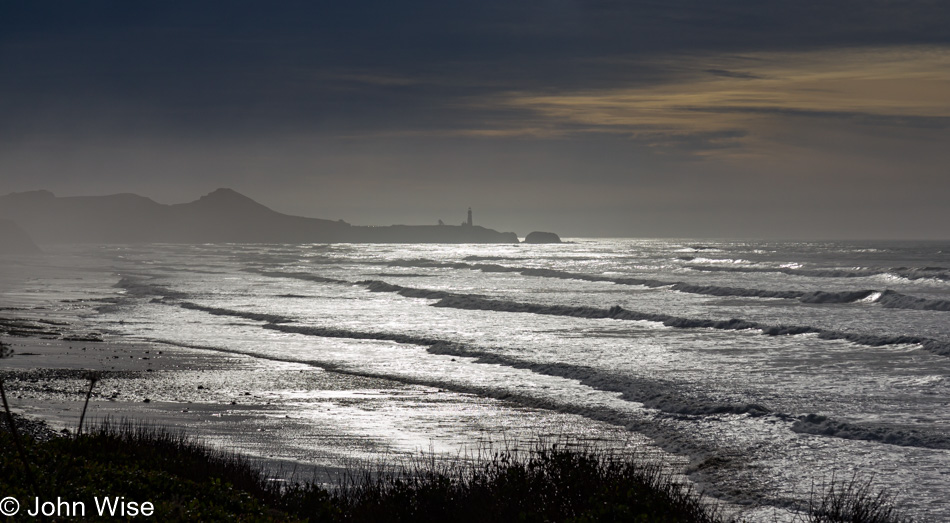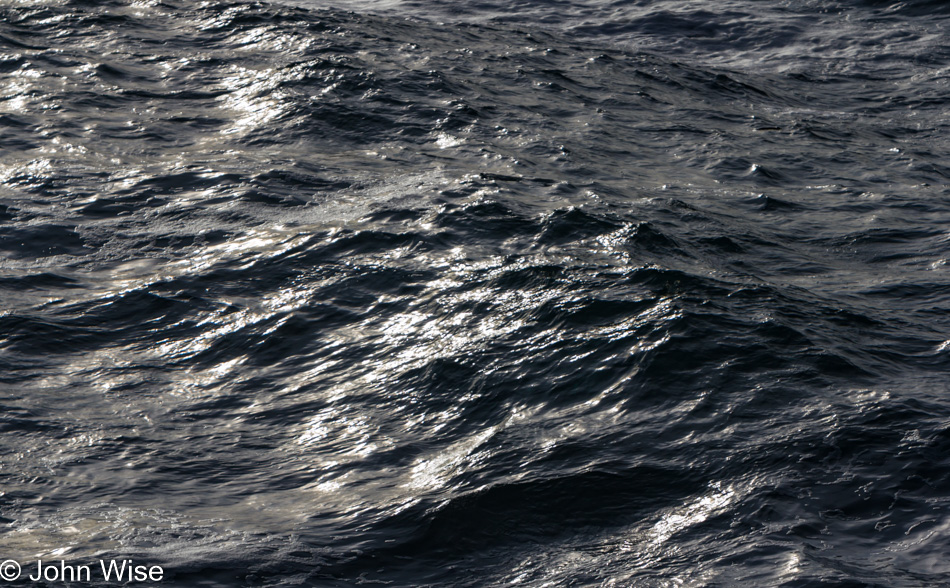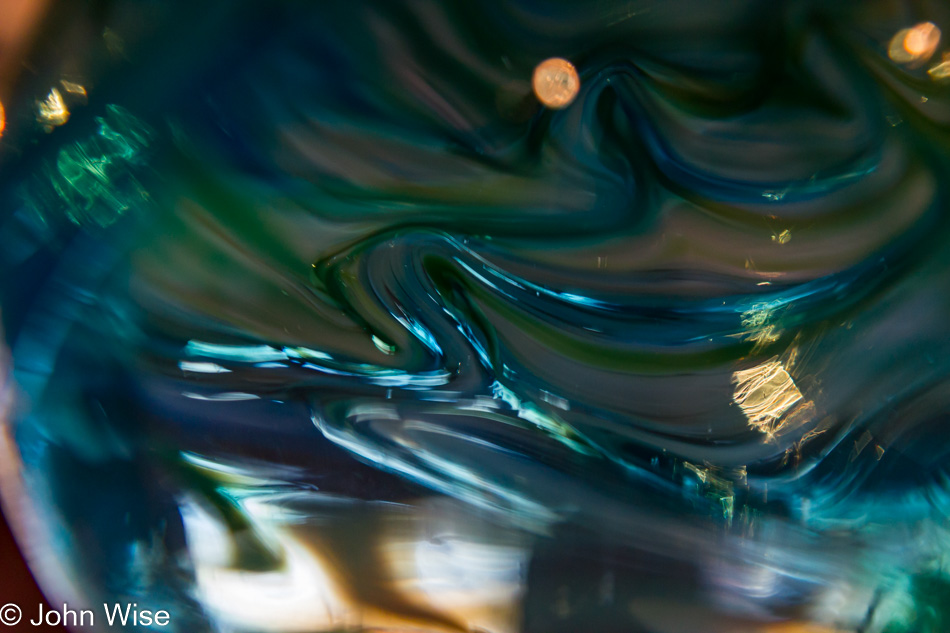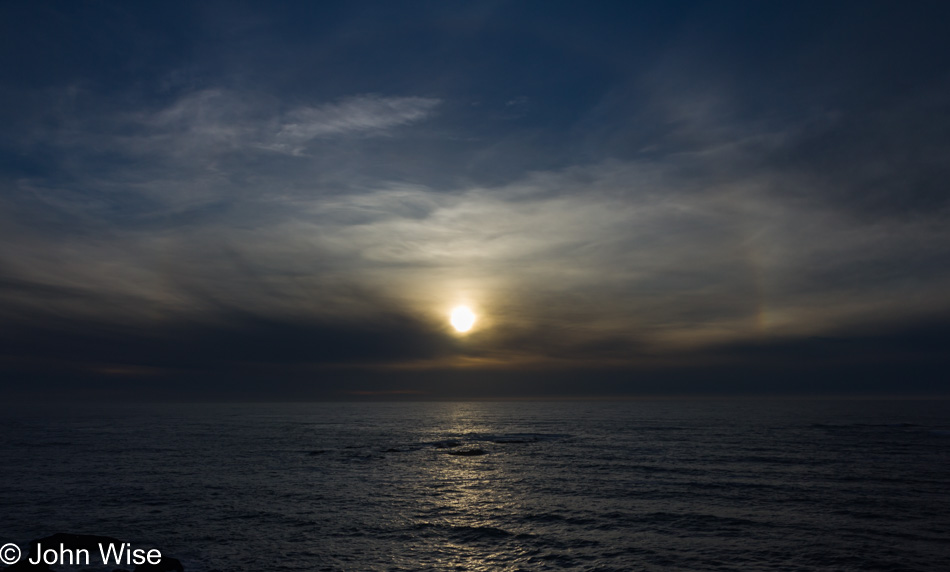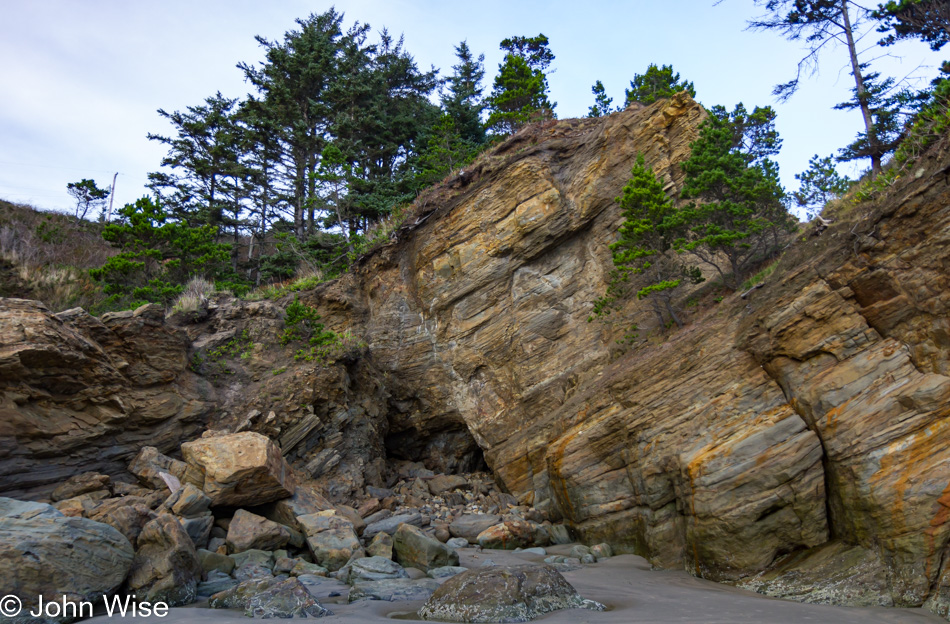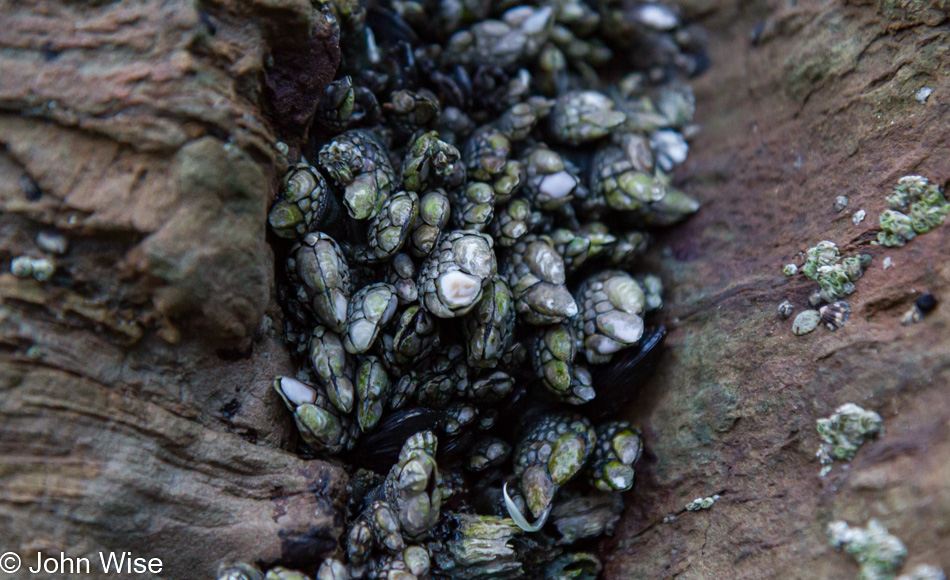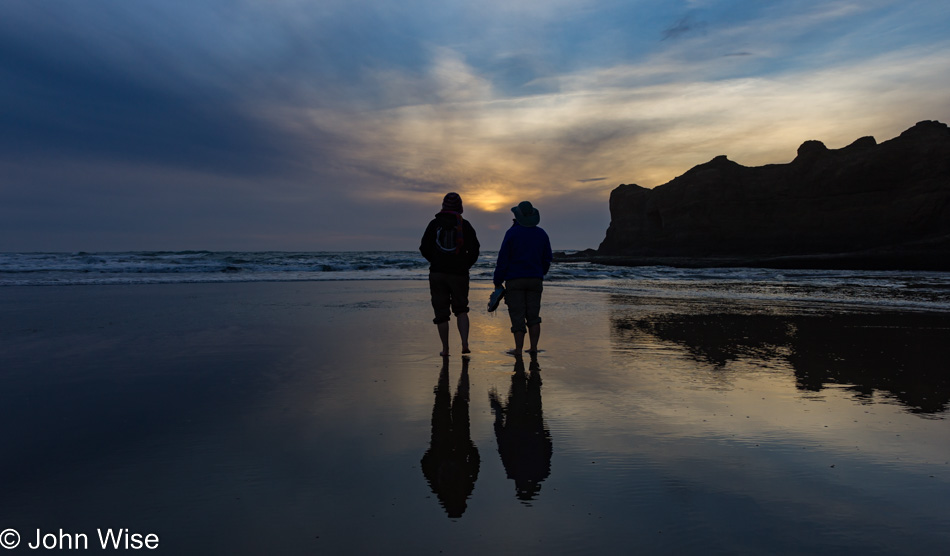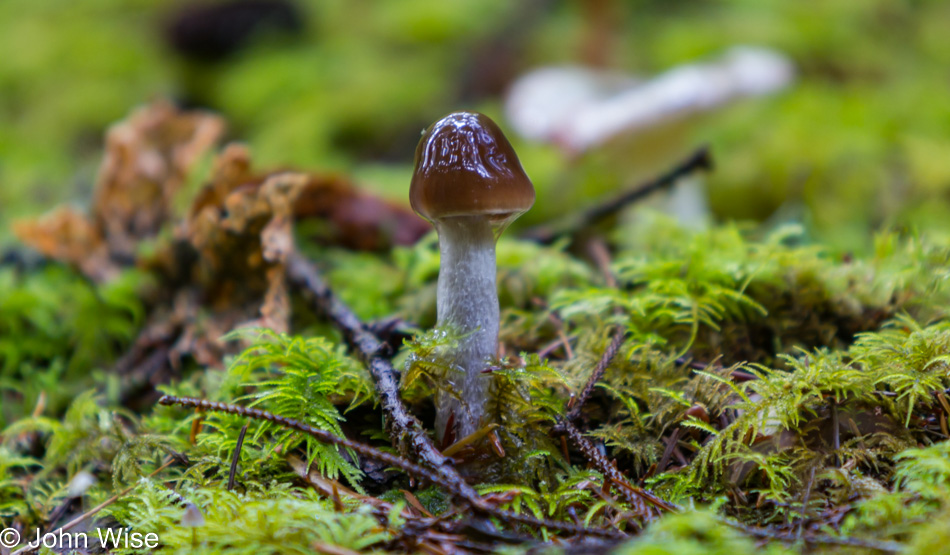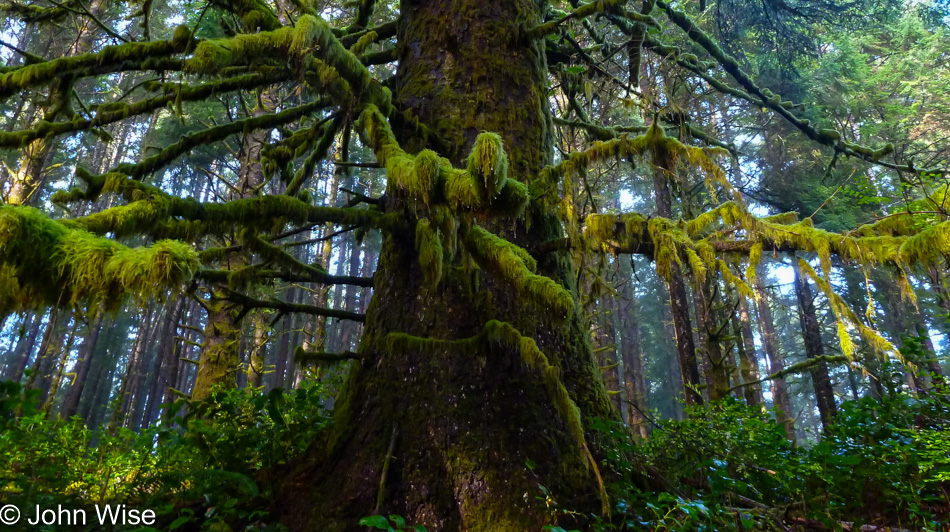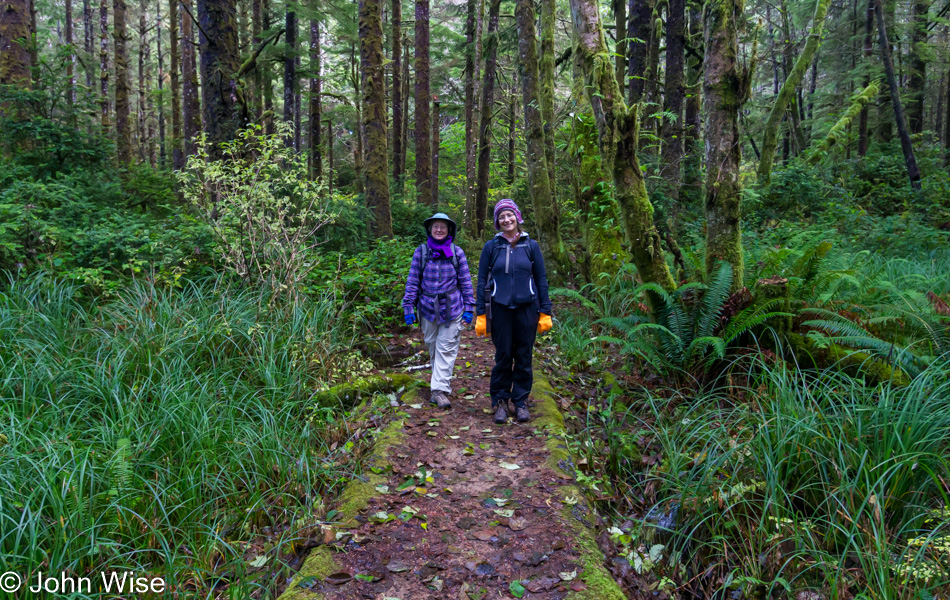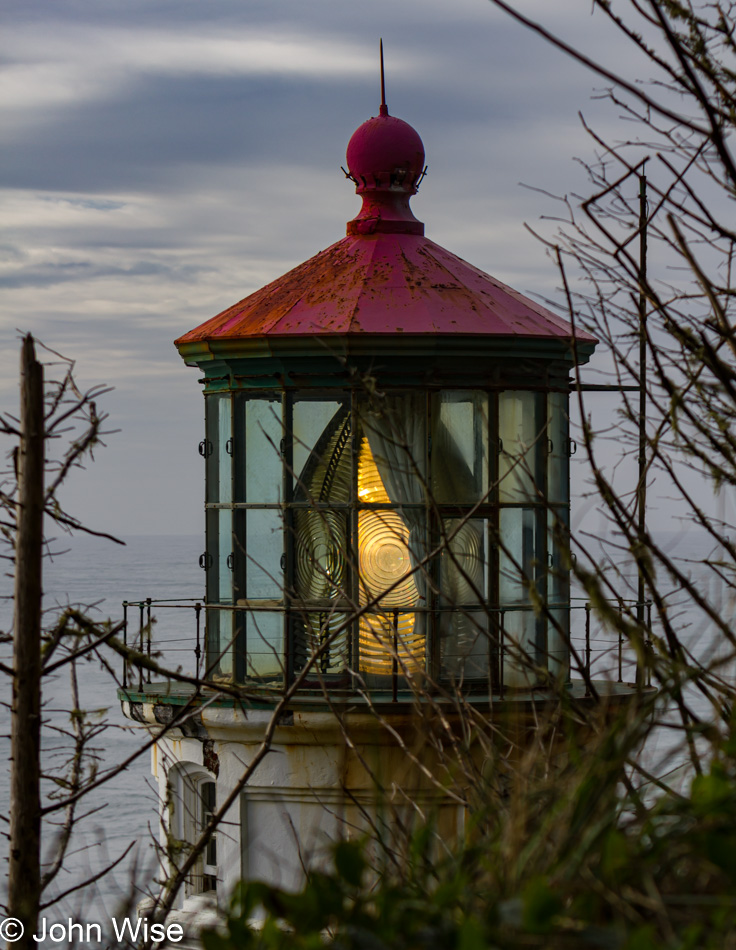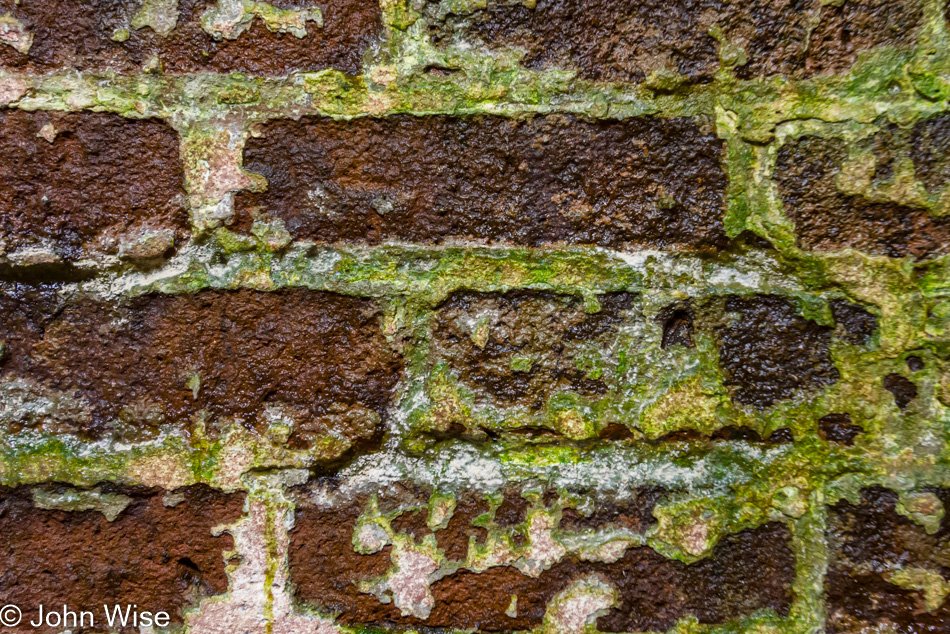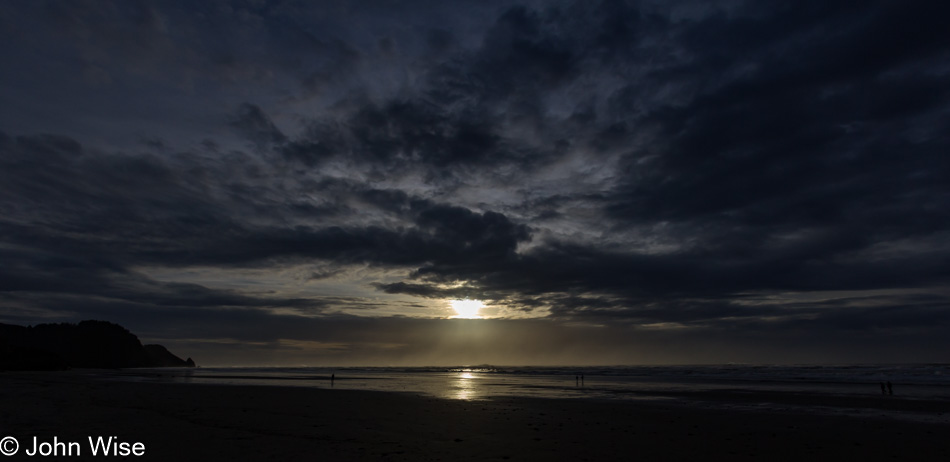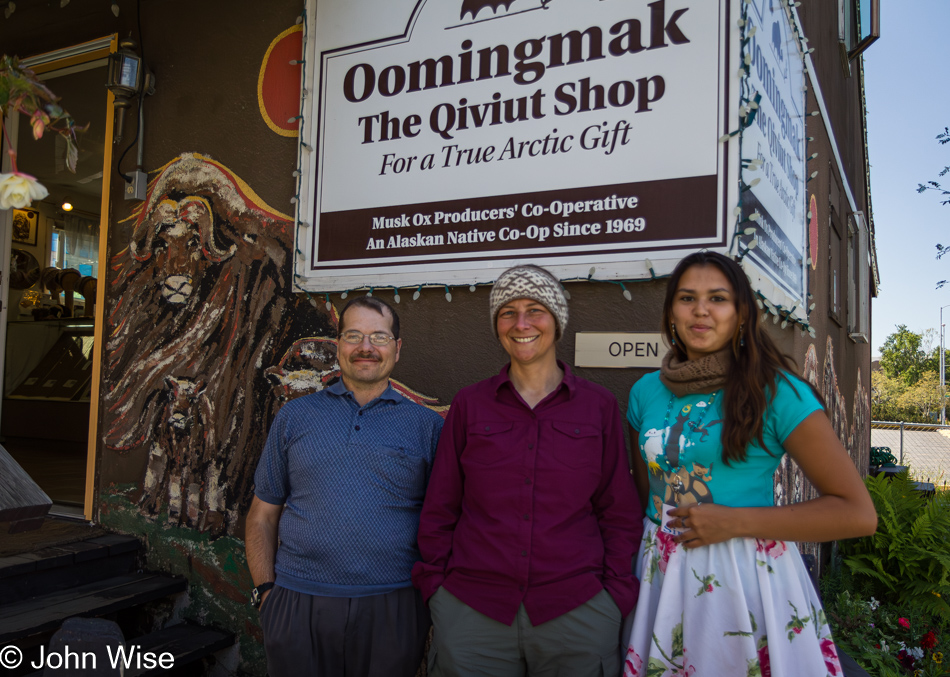
It’s not always easy to know what’s important when it is so, and so it happened back in 2012 following a monumental experience that took us down the Alsek River out of the Yukon into British Columbia, and finally delivered us to Dry Bay, Alaska that all the important stuff was duly noted and extensively blogged about using near 30,000 words and just under 200 or so photos. Well, that was 11 years ago, and in looking back I realized that I neglected writing of our last, equally important day, of our first visit to this corner of the earth. Now in 2023, I’m going to try and repair that by including what I can about this day in the Anchorage, Alaska, area.
Had we done nothing else, Caroline required that we make a pilgrimage to the Oomingmak Co-Operative. This is possibly the only place on our entire planet where one can walk in and buy a handknit object created from a fiber known as qiviut, which comes from a rare northern creature called musk ox. The “Pack Ice” headband design Caroline is wearing will likely forever remain the most expensive small article of clothing she will ever buy at $130. And, as she reminds me, she chose the “discount option” because the yarn of this headband is 80% qiviut and 20% silk. No matter the expense, I’m certain Caroline will forever cherish this rarest of luxuries and how it will remain a part of her first experience in the wilds of Alaska.

I’m barely into the narrative that accompanies these photos, but with the 21 images I’ve included here and then the realization that I only used about an average of a dozen photos per day in the original blog entries, I feel I need to return for further investigation of how I whittled nearly 5,500 photos down to the tiny number I shared. I do know a huge contributing factor to my possible lethargy in tackling more: I had just recently finished writing, editing, and publishing my seminal (and only) book titled Stay In The Magic about the Grand Canyon rafting adventure on which we had marked back at the end of 2010 prior to this Alaska trip and I’d had enough of venting my heart and mind. Looking at this railroad track, I’d like to try the corny, “That train has left the station,” but knowing me, I’ll revisit those directories of old photos and see if I might feel enticed to add a little something here and there.

After two weeks in this environment, nothing had grown old. Every vista was spectacular and held an incredible amount of mystery as at best, we could only glimpse the tiniest of surface views regarding what the environment holds beyond the first glance.
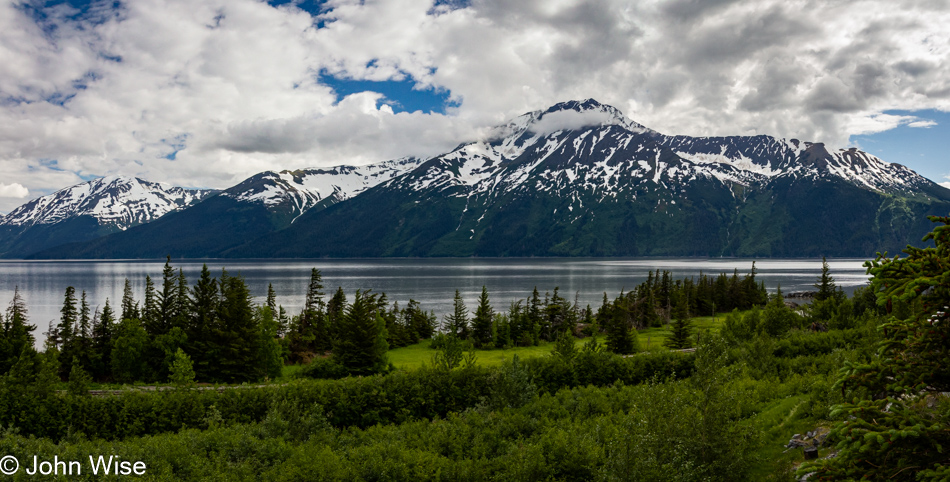
Our flight doesn’t depart until shortly after midnight, so we are driving somewhat aimlessly southeast until we know that we need to turn around.

We are driving along the Knik Arm of the Cook Inlet, where the waters flowing out of Portage Lake head to the open sea.
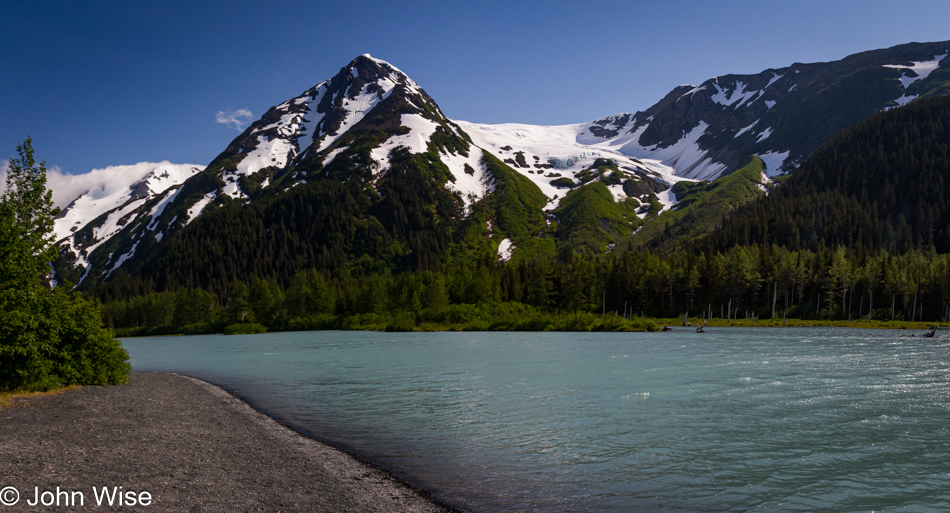
The telltale turquoise watercolor lets us know that a glacier is ahead.

Oops, almost forgot to stop and smell the flowers, a lupine in this case.

Looking across Portage Lake at a glaciated area. I don’t think this is part of the Portage Glacier.

This was as close to Portage Glacier ice as we were going to get, the remnant of some broken-off ice that drifted across the lake.

The road turned to the west, taking us past a bunch of lily ponds; if only we were present when the waters were still and reflected the surrounding mountains.
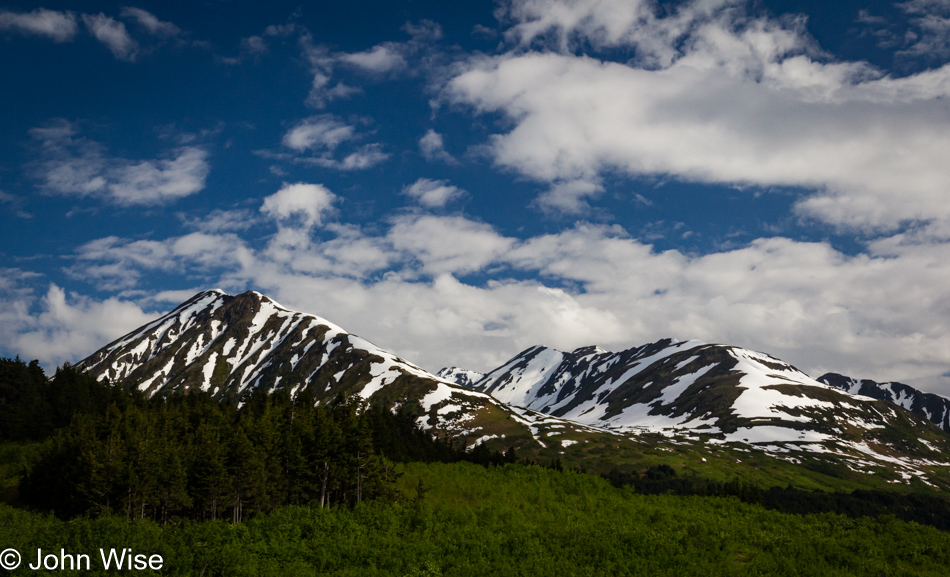
This was the end of our exploration of the Seward Highway today. After reaching the Welcome to the Kenai Peninsula sign, we decided this should be the time to turn around, as reaching Seward or Homer was out of the question due to our limited time remaining in Alaska.

Having a beer and BBQ at the Turnagain Arm BBQ in Indian, Alaska, on the Seward Highway because even if we had to stop for peanut butter and jelly sandwiches and Kool-Aid, this would still be one of the greatest stops for dinner ever. Does the sunlight have you thinking I meant lunch? Well, it was 7:00 p.m. when this photo was taken.
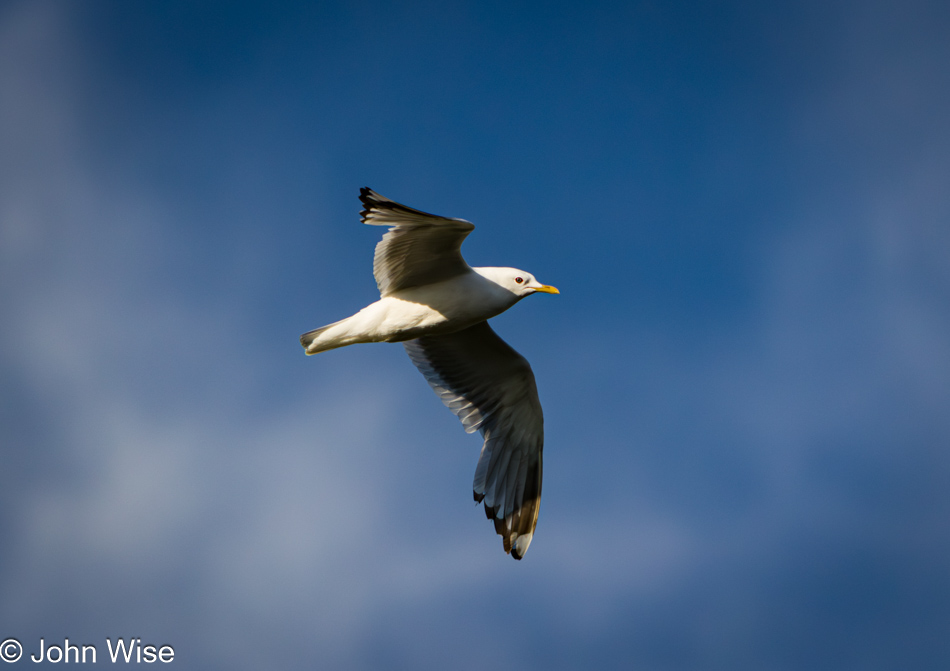
We’ve stopped at the Potter Marsh area after spotting birds galore, and everyone knows that this is exactly the right number of birds to arrest our attention and force us from the car to inspect all of them.

Unless you live in Alaska or some other northern clime, I’m guessing it’s not every day one sees a great black-backed gull chick.
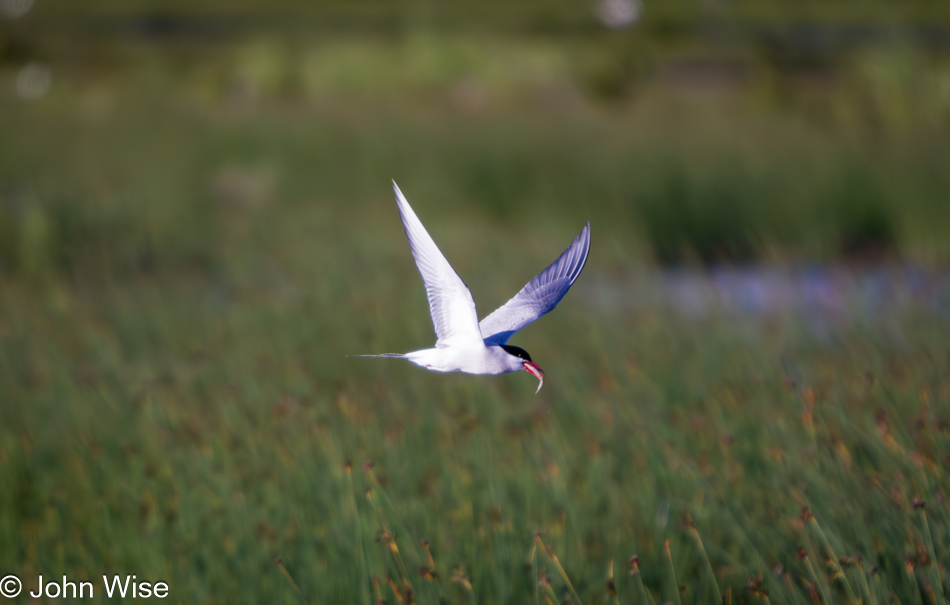
I’m calling it “Arctic Tern with Midnight Snack.”

I literally crawled on my belly, as monumental as it is, to approach this tern from a distance I would have never guessed possible.
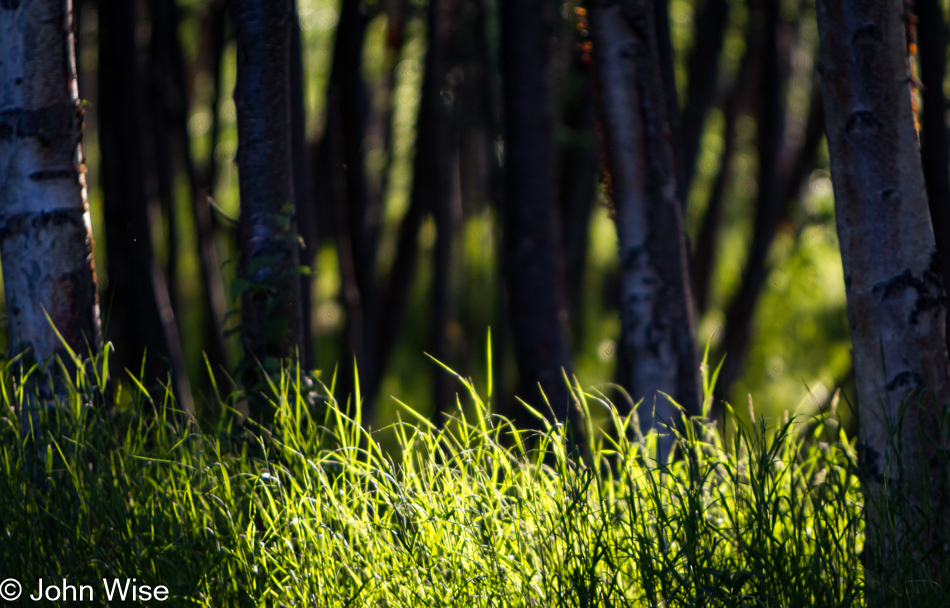
From this point, until we reach the airport, I’ve not been able to identify the park we visited, but who cares? Just take a moment to enjoy the warm sunset (9:15 p.m.) light illuminating the grasses in the woods.

More flower-smelling time.

Do you know what they call a daisy in Alaska? Daisy.

And with this last late-day photo, we pointed the car towards the airport to catch our flight.
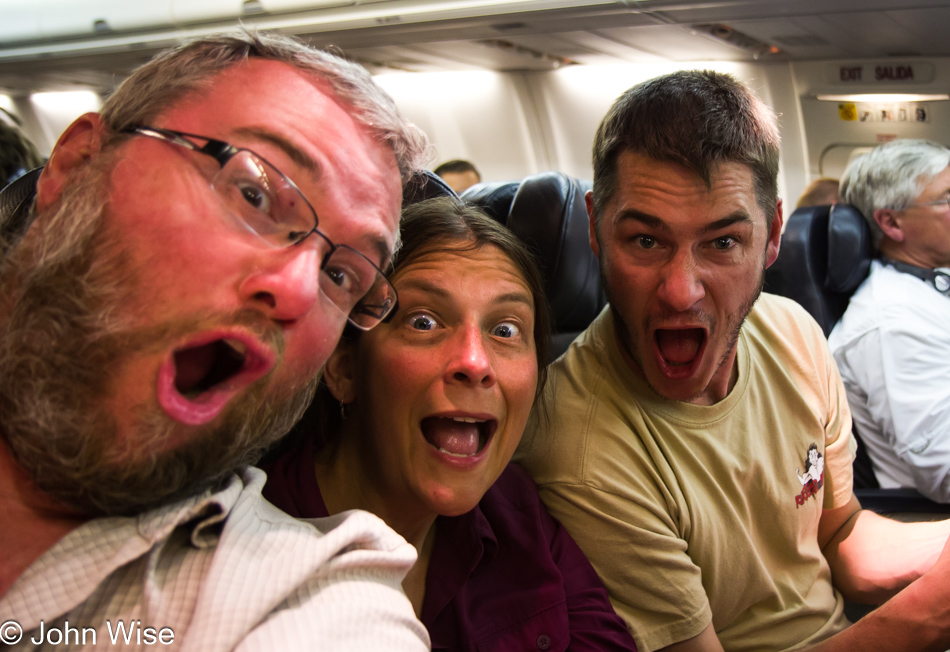
We were seated and waiting for a couple of late arrivals, and as one of those stragglers was walking down the aisle, I nudged Caroline and told her that the guy approaching looked a lot like a guy we’d not seen in 5 or 10 years, Daniel Billotte. Of course, she said, “NO WAY!” So, as he started to pass us, I kind of blurted out Daniel under my breath, not directing exactly at him, but his head snapped; sure enough, it was Daniel. How on god’s green earth are we running into this guy on a midnight flight out of Alaska? I’d like to say stranger things have happened, and while this is up there in the unbelievable department, we’ve had our fair share of the No Way.


